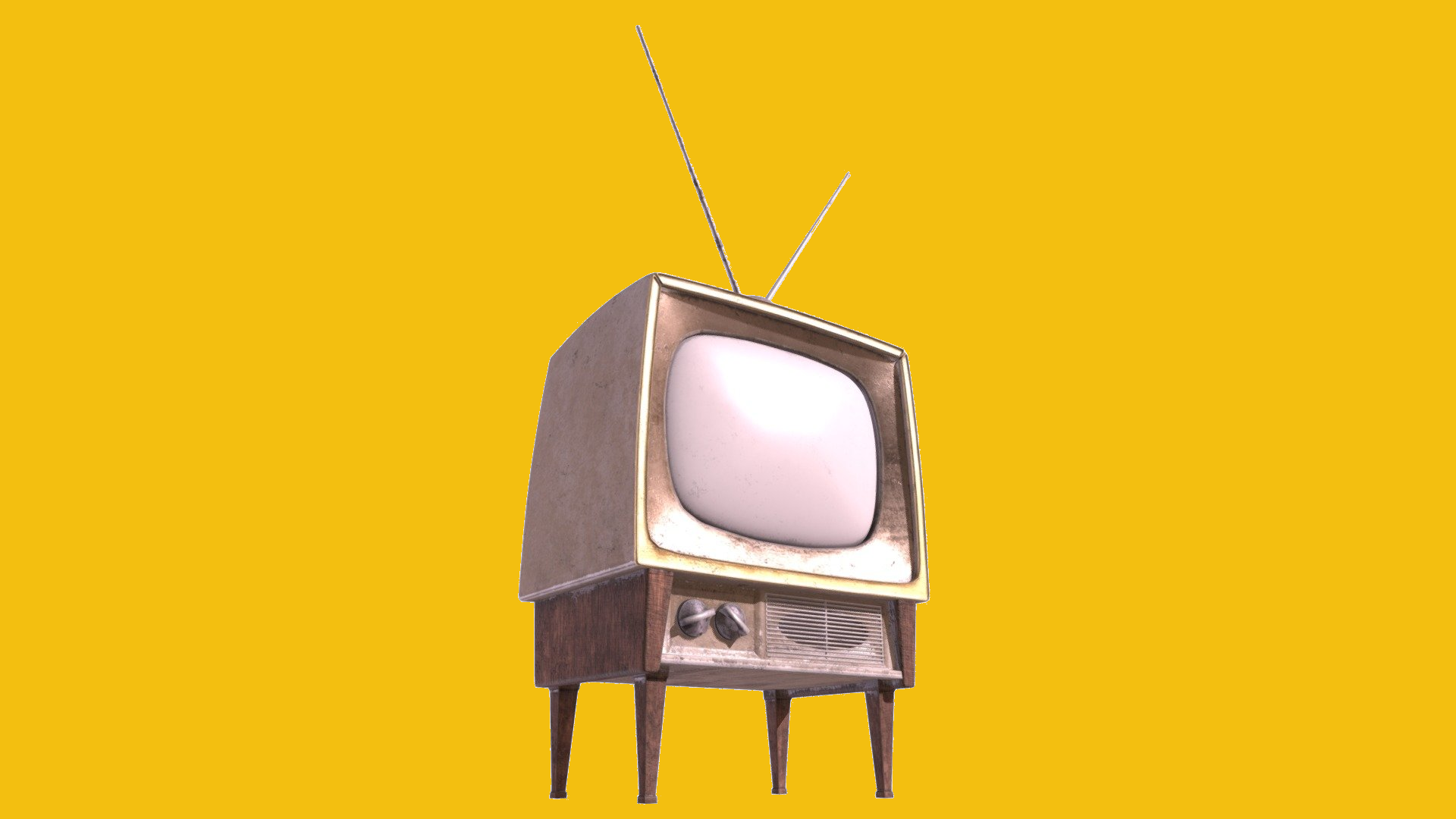It is hard to imagine that a handful of decades ago, TV wasn’t a thing. We’ve talked a few times about the birth of television. After an admittedly slow slow start, it took over like wildfire. Of course, anything that sells millions will spawn accessories. Some may be great. Then there are others.
We wanted to take a nostalgic look back at some of the strange add-ons people used to put on or in their TVs. Sure, VCRs, DVD players, and video game consoles were popular. But we were thinking a little more obscure than that.
Rabbit Ears
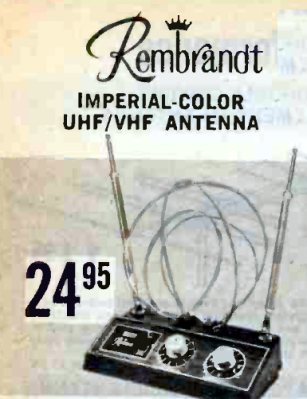
Every once in a while, we see an ad or a box in a store touting the ability to get great TV programming for free. Invariably, it is a USB device that lets you watch free streaming channels or it is an antenna. There was a time when nearly all TVs had “rabbit ears” — so called because they made an inverted V on the top of your set.
These dipoles were telescoping and you were supposed to adjust them to fit the TV station you were watching but everyone “knew” that you wanted them as long as possible at all times. Holding one end of them gave it a ground and would give you a major improvement in picture. People also liked to wrap tin foil around the tips. Was it like a capacitive hat? We aren’t sure.
The better rabbit ears had knobs and switches along with multiple elements. If you lived close to a TV station, you probably didn’t need much. If you didn’t, no number of fancy add-ons would likely help you.
External Antenna with Rotator
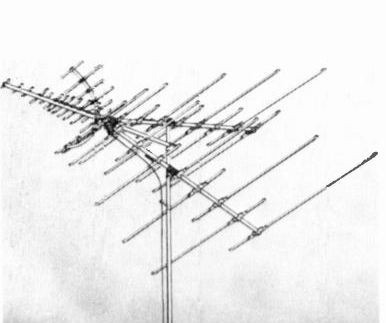
If you really wanted to get TV from a distance, you needed an outside antenna. Most of these were either yagi or log periodic designs. That means they were very directional. The also means you probably needed a way to rotate it. If you were lucky, all the TV stations were in the same direction from you. Then you didn’t need to rotate your antenna. Some UHF-only antennas looked like dishes and they, too, were directional.
Rotators were crazy. They were all a little different, but typically you’d move a big knob to the direction you wanted the antenna pointing. Then you’d hear CHUNK, CHUNK, CHUNK as the antenna actually moved. This was a cheap form of stepper motor. Some rotators used something akin to a selsyn to move continuously, but most just moved to a few dozen points around a circle. Hams still use modern versions of antenna rotators to adjust directional antennas.
CRT Brightener
The most expensive part of any old TV was the picture tube. These tubes were fragile and expensive to make and ship, so it was often the case that if the ‘tube went out, it was cheaper to just buy a new TV.
When a picture tube started to go dark, you could sometimes run a high voltage through it to restore it (you being a TV repairman with the equipment to do it). Or, you could try installing a CRT brightener. These devices looked a little like tubes. You’d remove the connector from the CRT’s neck and install the device. Then, the wire that used to plug into the CRT would plug into the other side of the device.
These were essentially little transformers that boosted the AC voltage going to the filaments. They worked for a while, but it probably meant a new TV wasn’t far in your future. If you want to know more than you could possibly imagine about how these work, there was an article in Radio Electronics written by someone who worked for a company that made them, and it goes into incredible detail. [Chris] shows us a 1950s TV that had one of these in it. You could actually stack these one on top the other if you wanted to take your chances and try to keep the old TV working as long as possible.
Ghost Eliminator
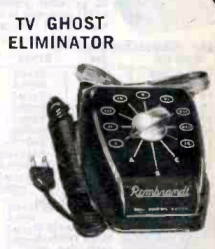
According to a Layfayette Electronics catalog the Rembrandt TV Ghost Eliminator “Electrically rotates the polar-receiving pattern of your existing antenna and phases the ground wave picked up by the electrical wiring system with the sky wave picked up by the antenna.” What?
As far as we can tell, these units were just attenuators, which reduced weaker signals below the receiver’s ability to find them.
Tuner Rebuild and Cleaners
One of the key components of a TV was the tuner. Because of the high frequencies and the low technology of the day, these were usually a compact unit that was directly behind the knob you used to change channels. The output of the tuner was relatively a low-frequency signal at the intermediate frequency, and that’s what the rest of the TV used.
It was difficult to make broadband devices back then, so the tuners usually had banks of tuned circuits, and a giant mechanical switch selected the ones you wanted. That’s why you turned the knob to pick the channel you wanted. With contacts like that, they eventually get dirty. Contact cleaners for tuners were common and probably contained a lot of things you aren’t allowed to put in spray cans today. Tun-O-Foam was one common brand.
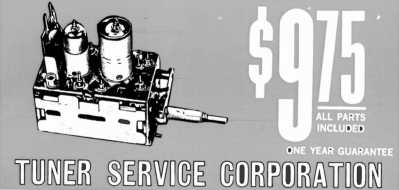
But if you really had trouble with your tuner, you could pull it out and send it to one of the many companies that would clean and service it for a low price. For a little more, you could buy a refurbished tuner from the same people. They’d always advertise a low price but note that tubes, transistors, and diodes were charged “at cost.” Shipping, too, usually. The reality is that most tuners probably needed a good cleaning and, perhaps, a realignment.
Tube Testers/Tube Guard
You’ve probably heard us talk about tube testers before. One thing that is the enemy of tubes is inrush current. A cold filament draws more current than a hot filament, so tubes get a big jolt of current while they are warming up. The “Tube Guard” was a device you plugged into the wall and then plugged the TV into it. It would prevent fast inrush current. Maybe that would save you a trip to the tube tester at the local drugstore.
You could go into many drugstores and other retail places and find a tube tester. There was usually a book or some other way to look up your tube. The book would tell you to put in socket #8 and set switch 1 to F, switch 2 to A, and so on. Then you’d push a button and big meter would move a needle to a green region if the tube was good or a red region if it was bad. Of course, that wasn’t foolproof, but it did work much of the time since tubes have common failure modes.
If the tube was bad, you’d open the bottom of the tester, find the replacement tube and take it to the register. There were also portable units that service people might carry, like the one in the video below. Like many of the meters, it didn’t have a book, but it had a scroll that you would roll to find the right settings. However, a typical retail store tube tester was usually easier to use than these specialized units.
That’s Not All
There are plenty of other TV gadgets. We mentioned the old VCRs, DVDs, and video games, of course. But there were also color wheels, magnifying screens and more. We’ve even seen boxes that claim to convert your TV into a video phone.
You could get a box that would censor swear words. You could even get pay TV in the 1960s if you were willing to put coins into your set.
Many of the images in this post are from scans of old magazines and catalogs from the World Radio History site. A great resource if you enjoy looking at the way things were. The featured image, however, is a still of “1950s TV set“, a 3D model by [Kathrin&Christian].
